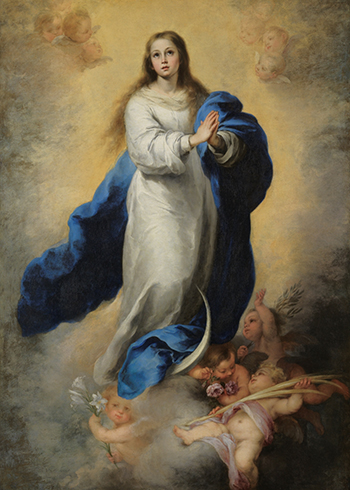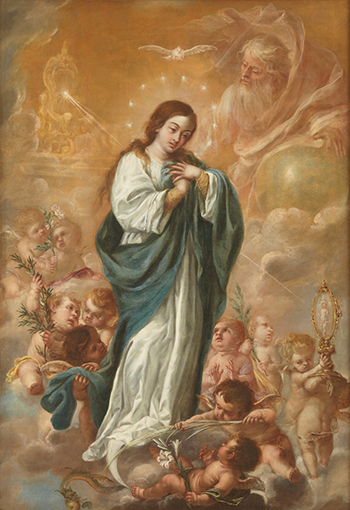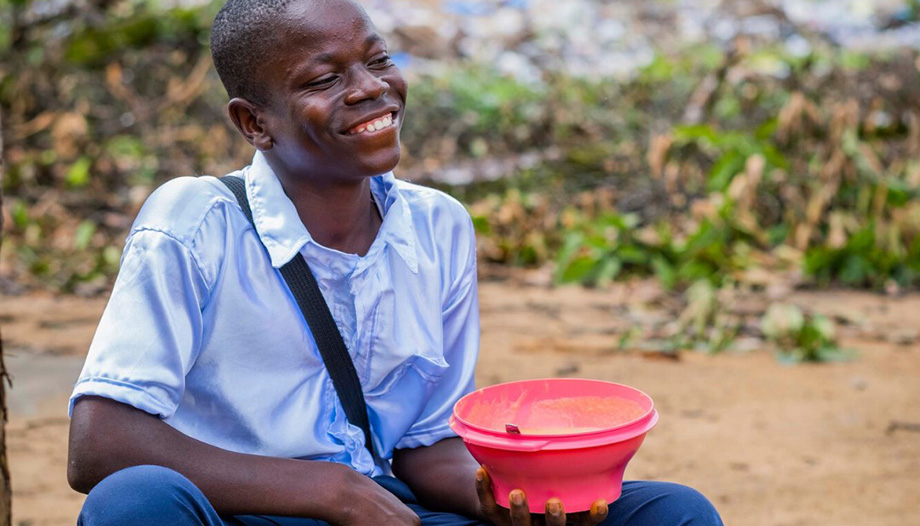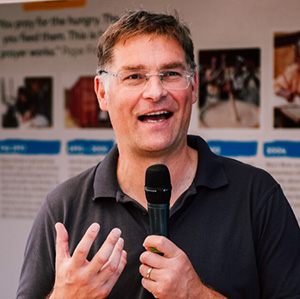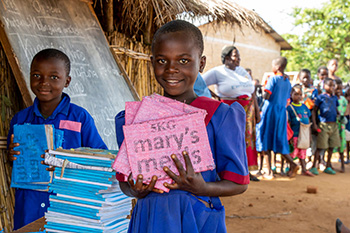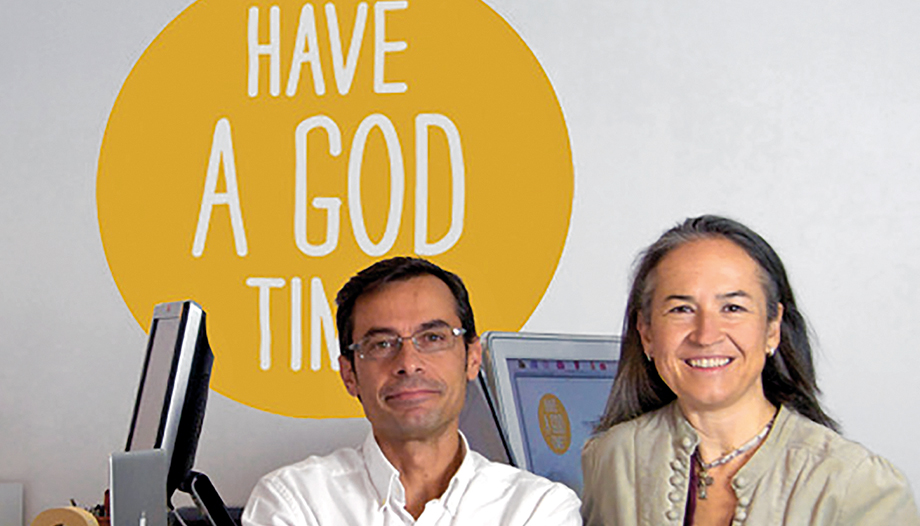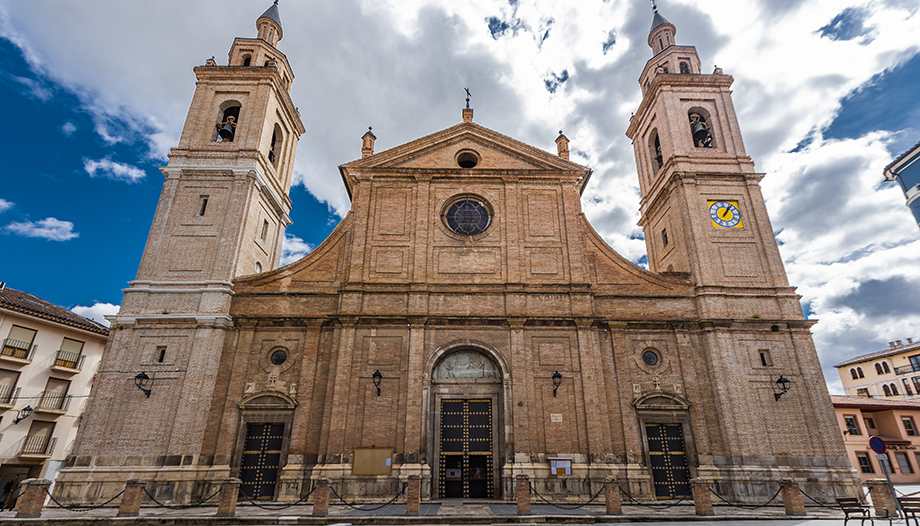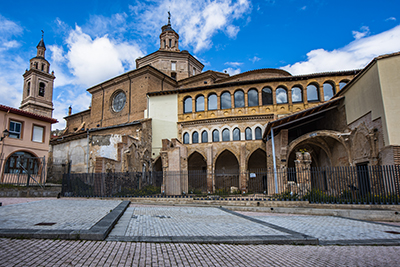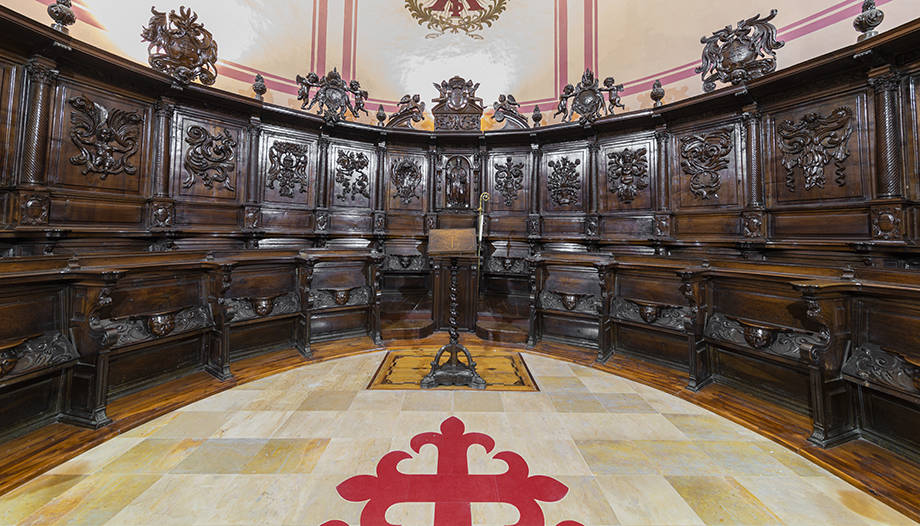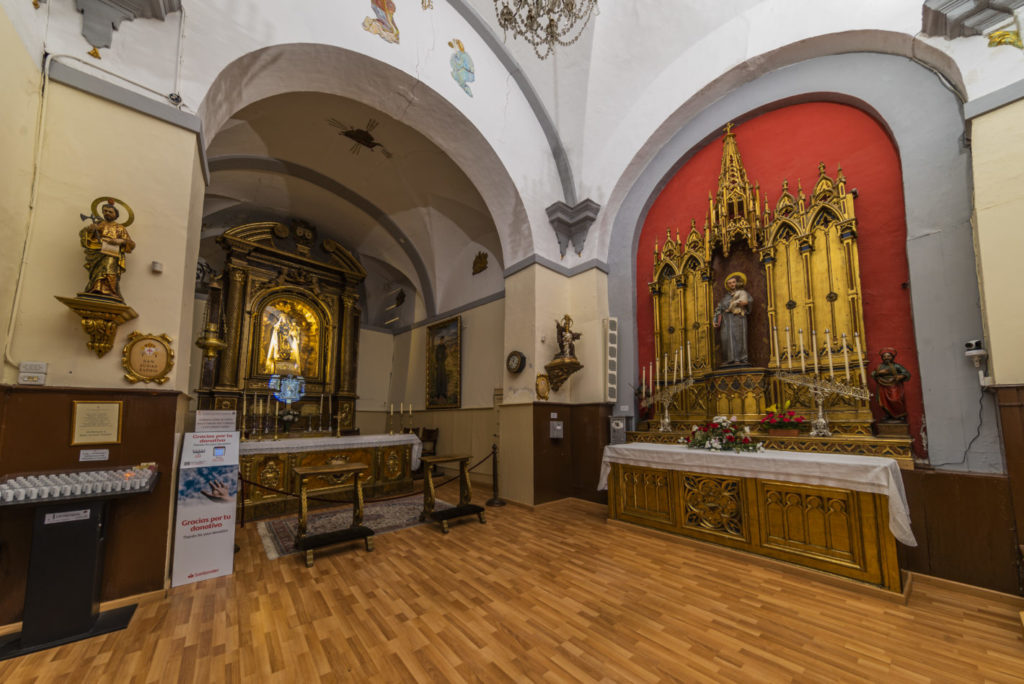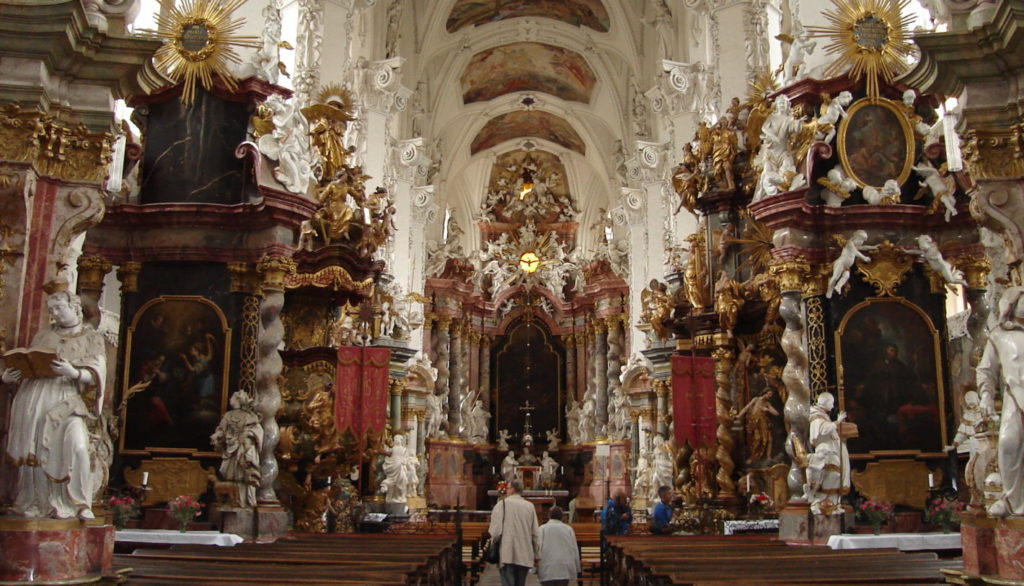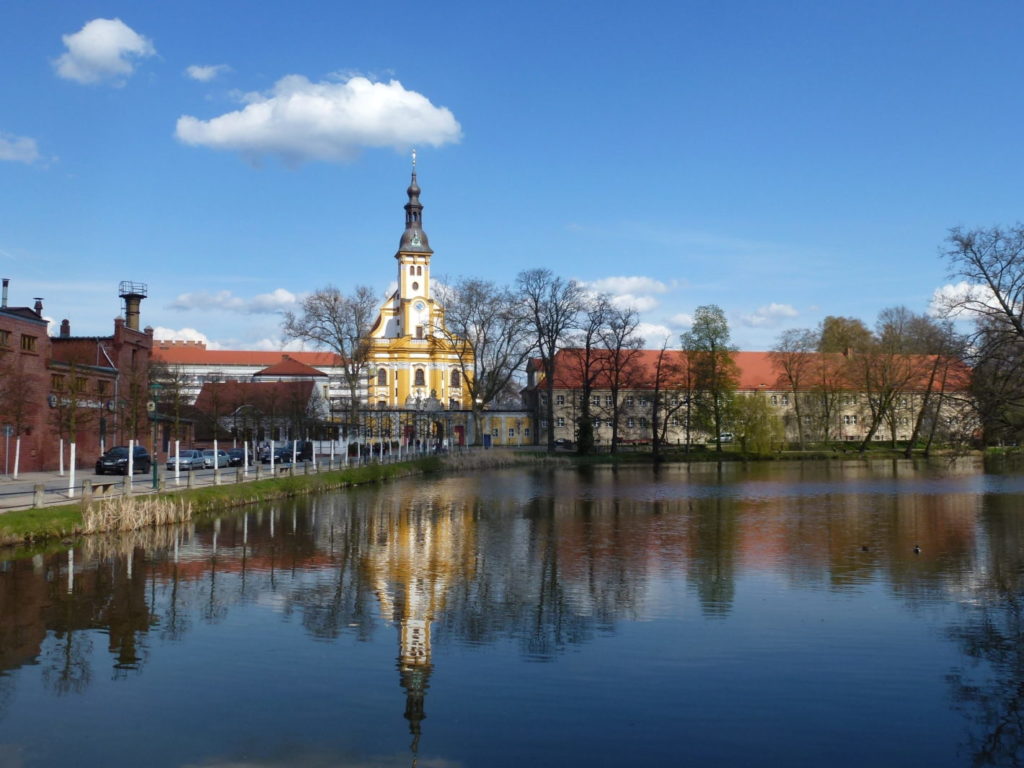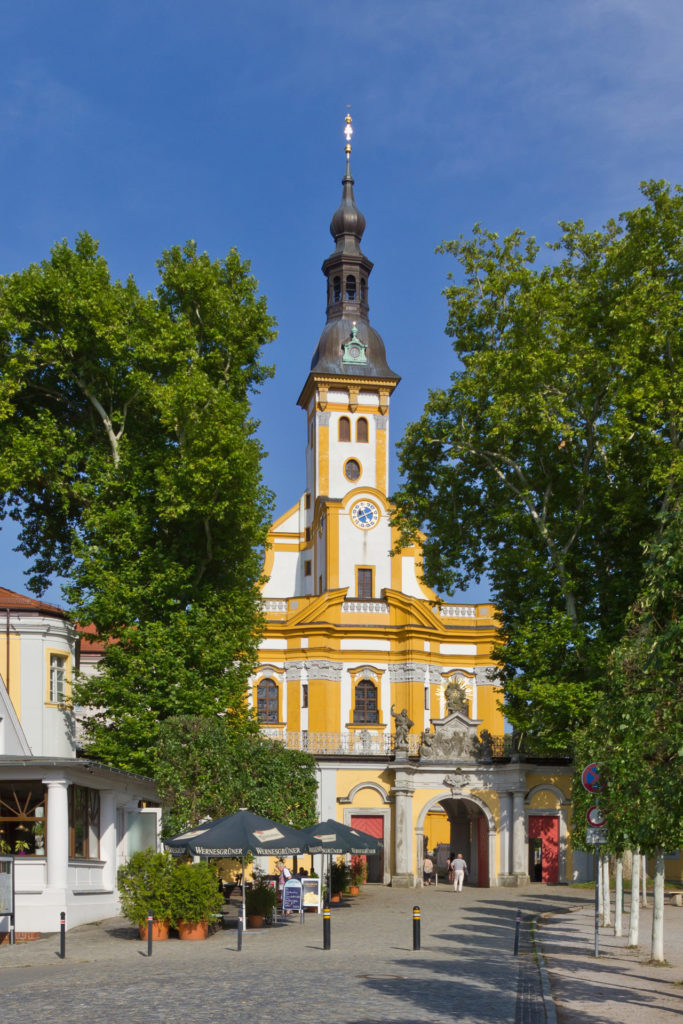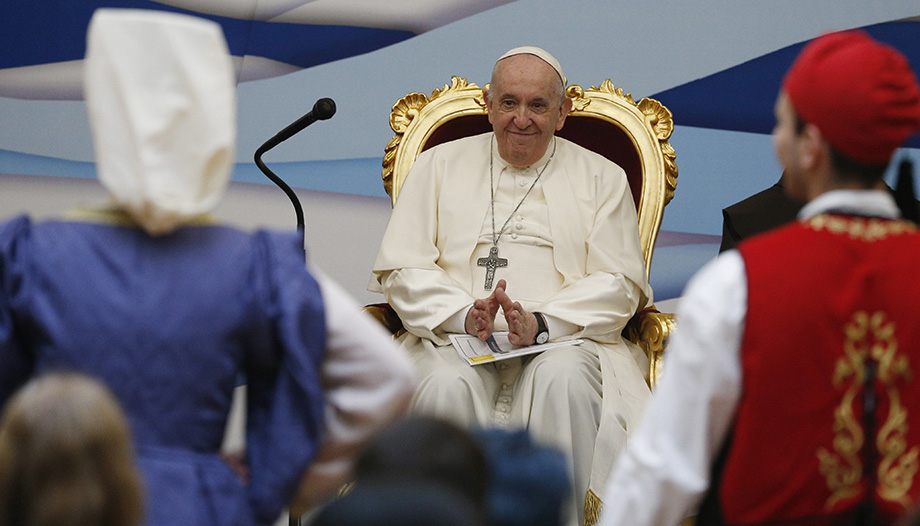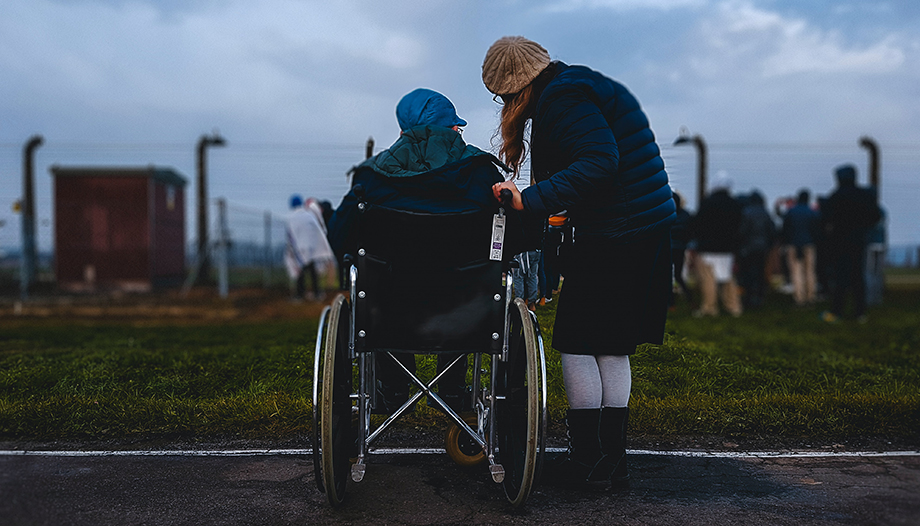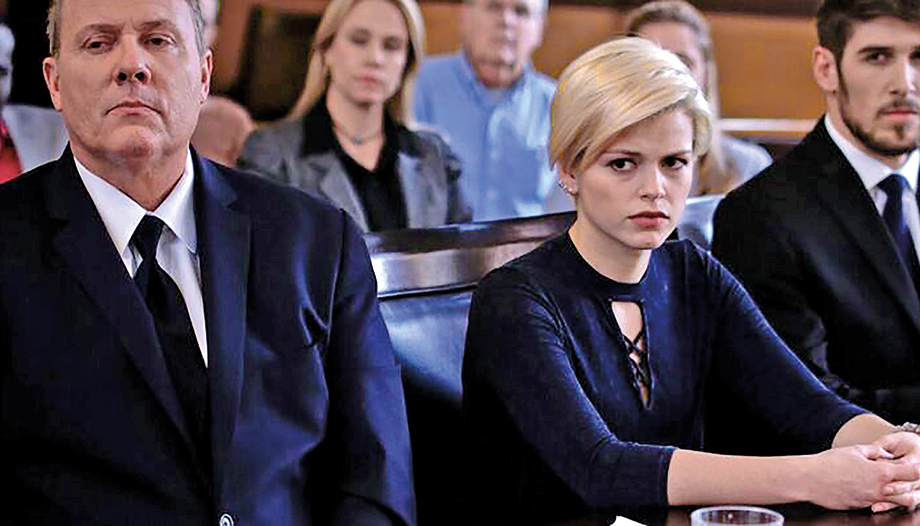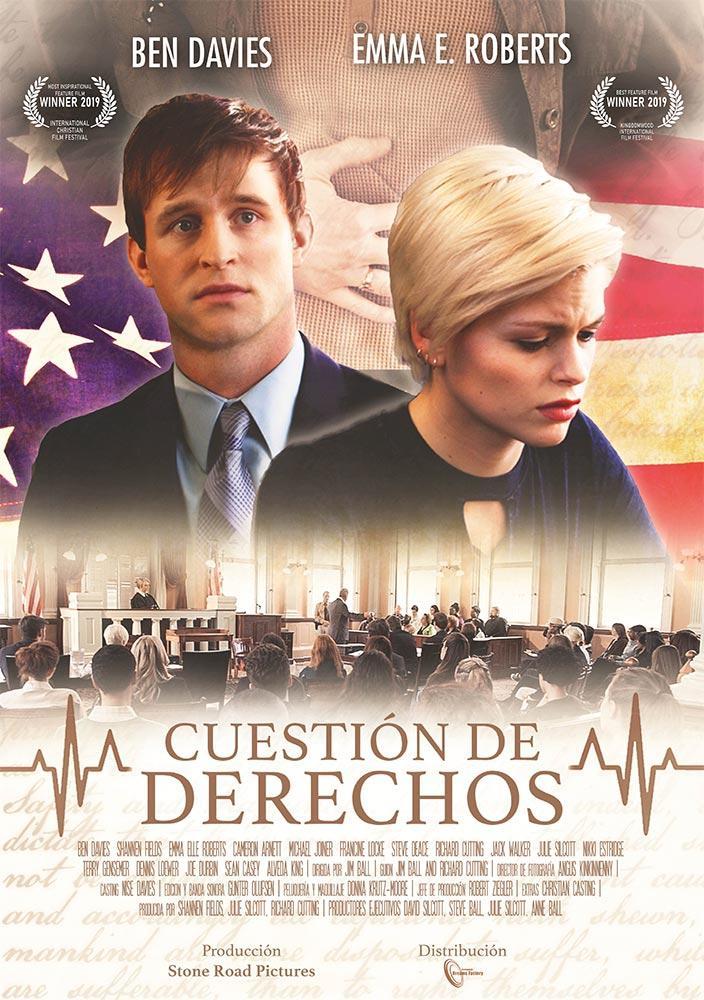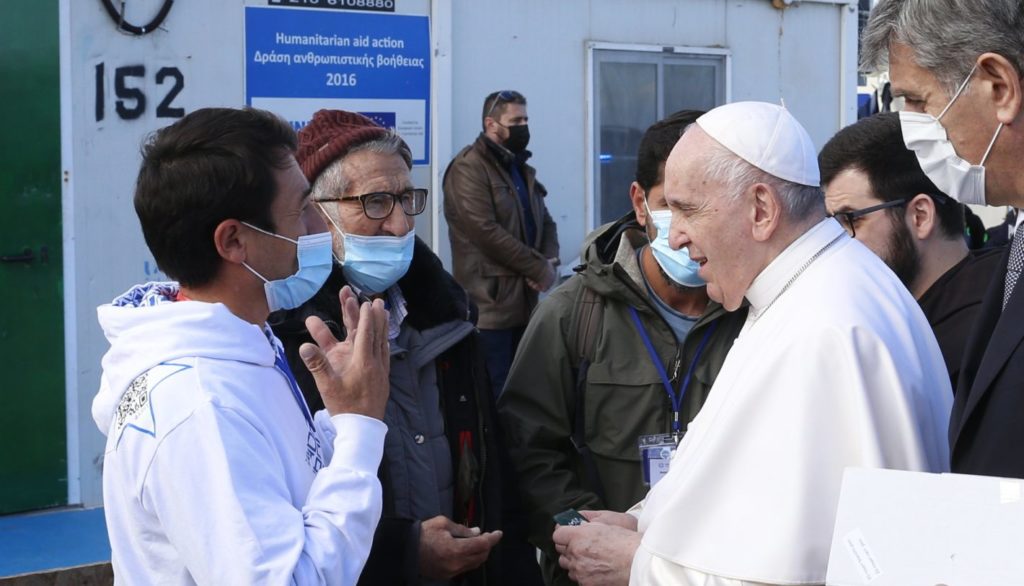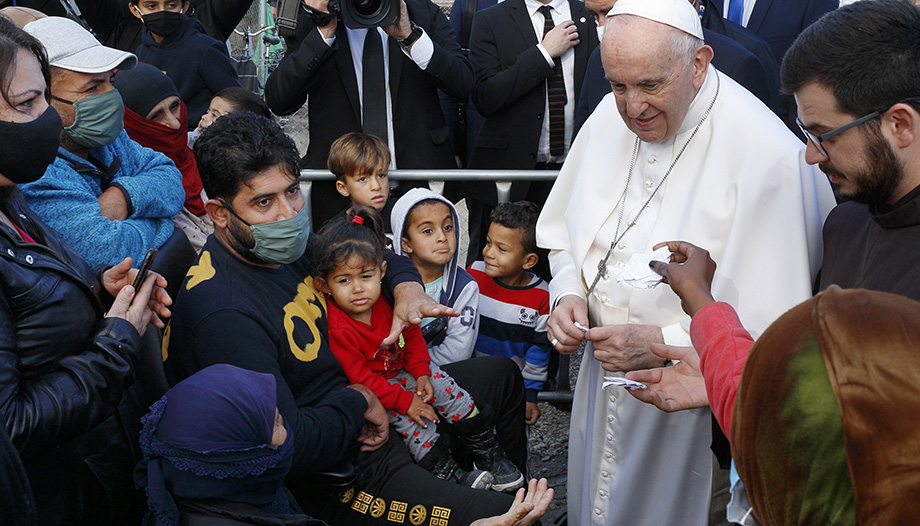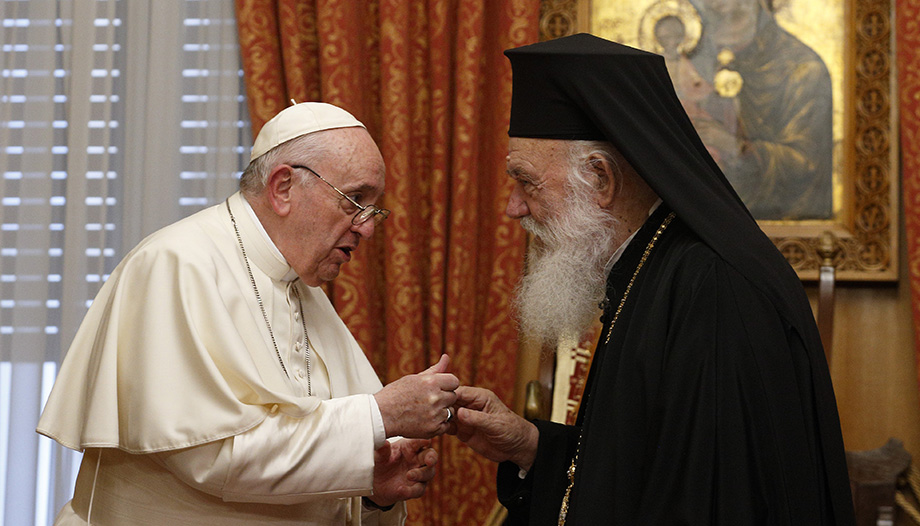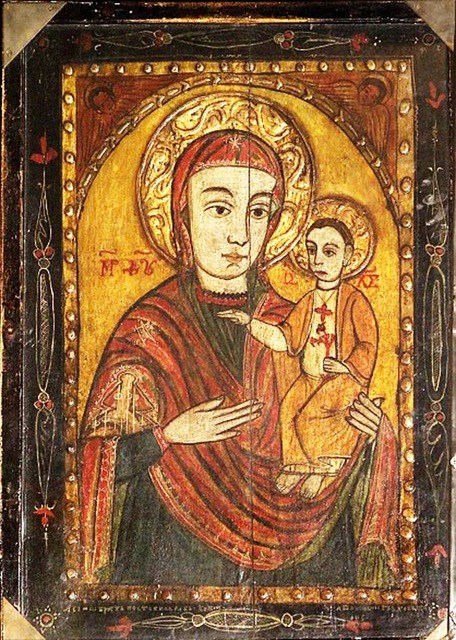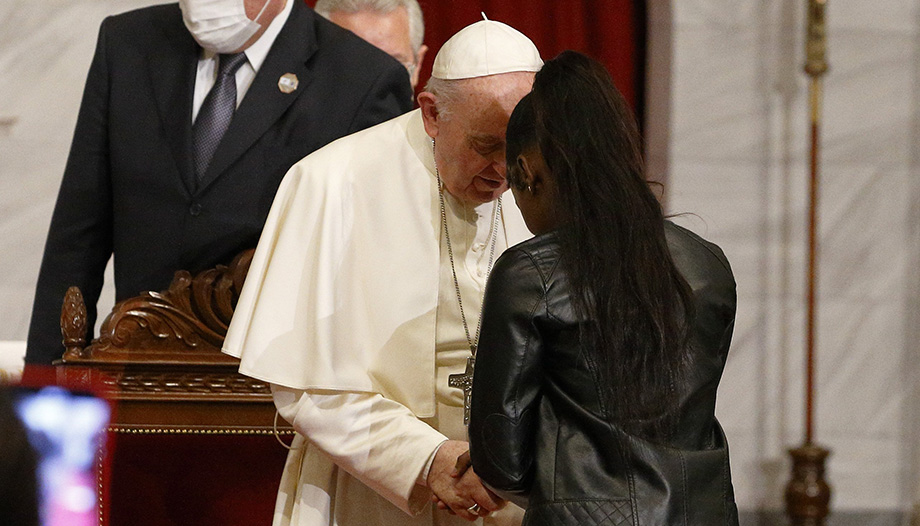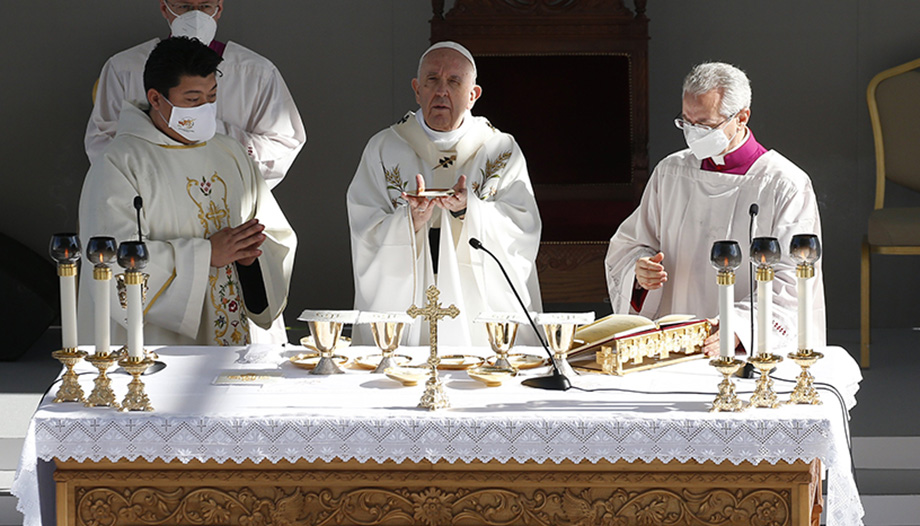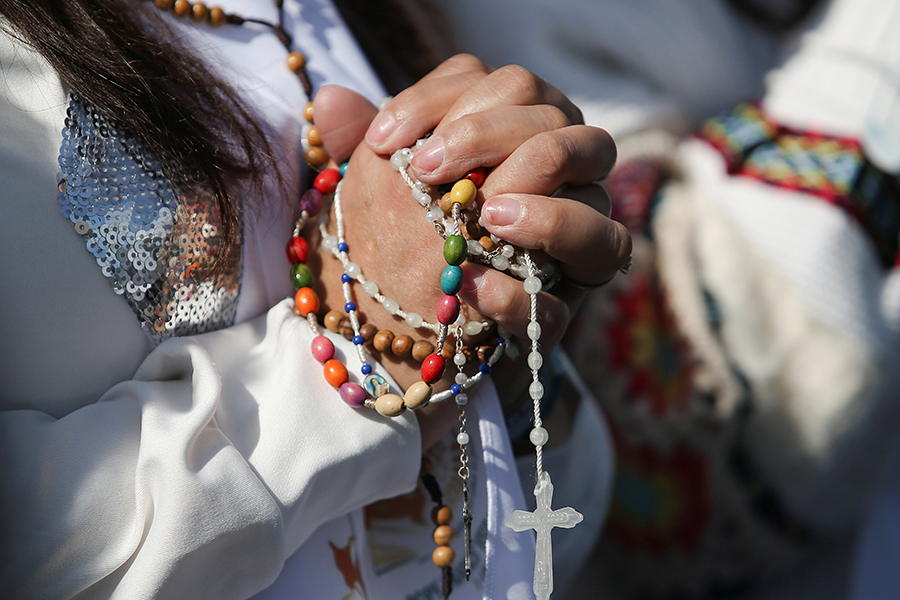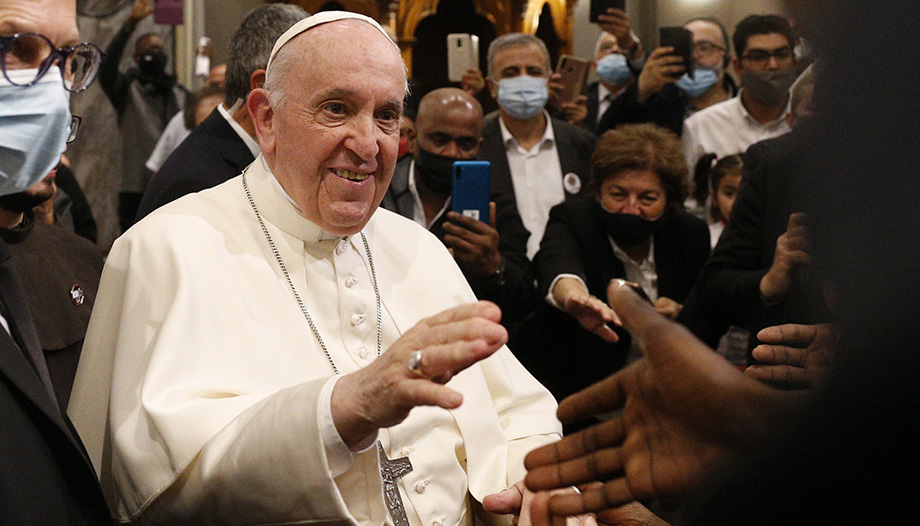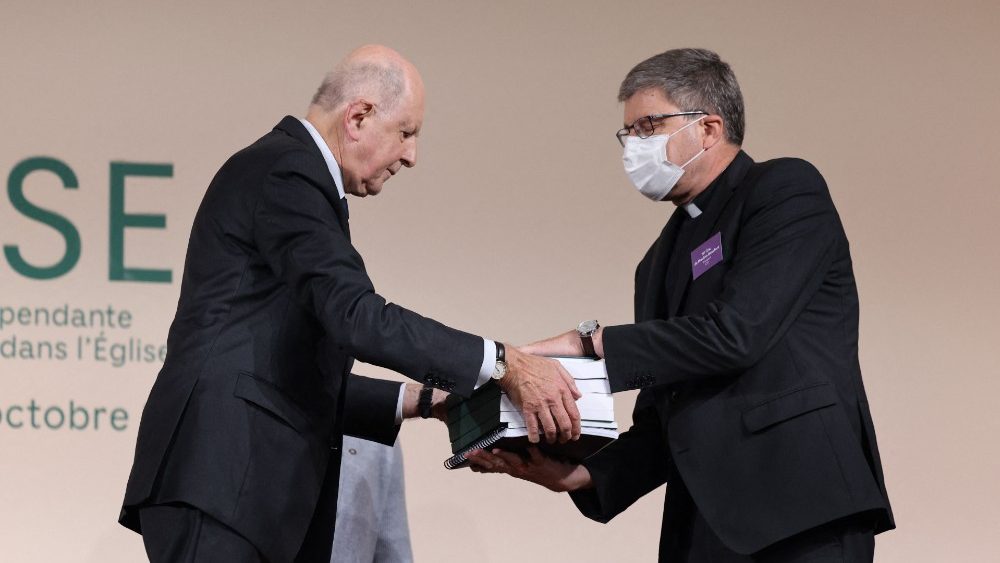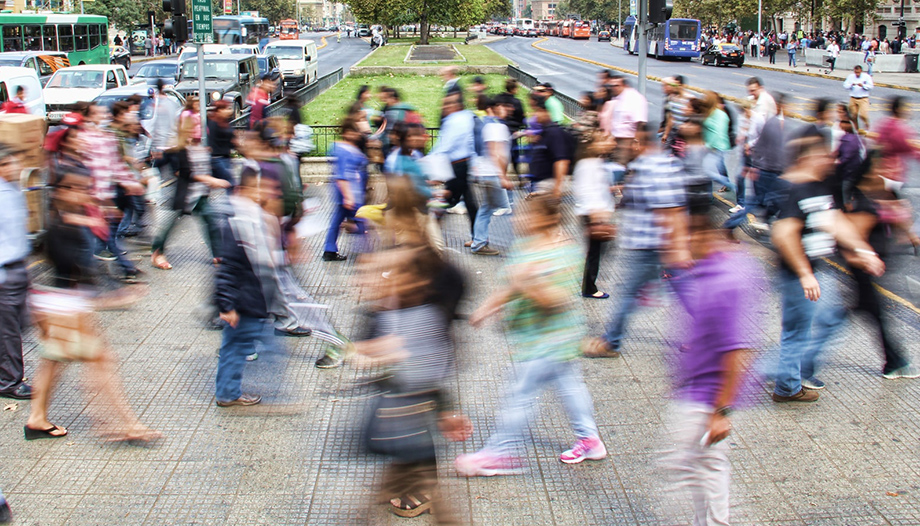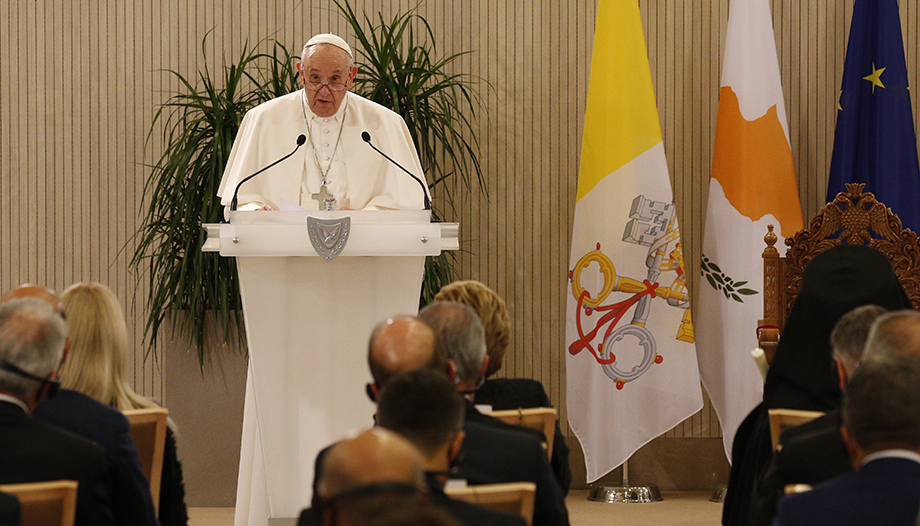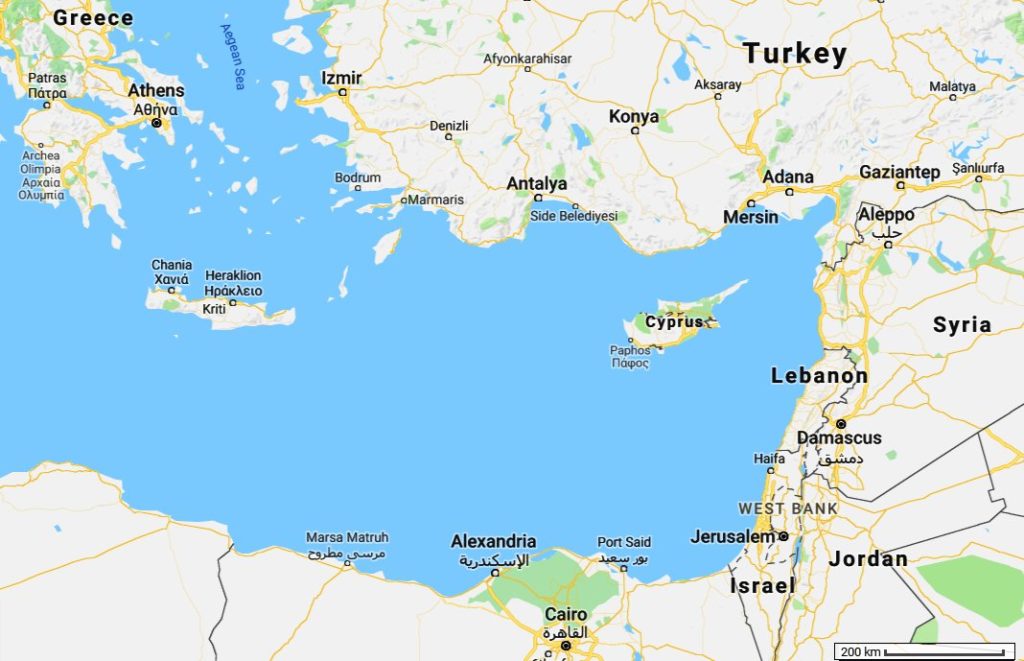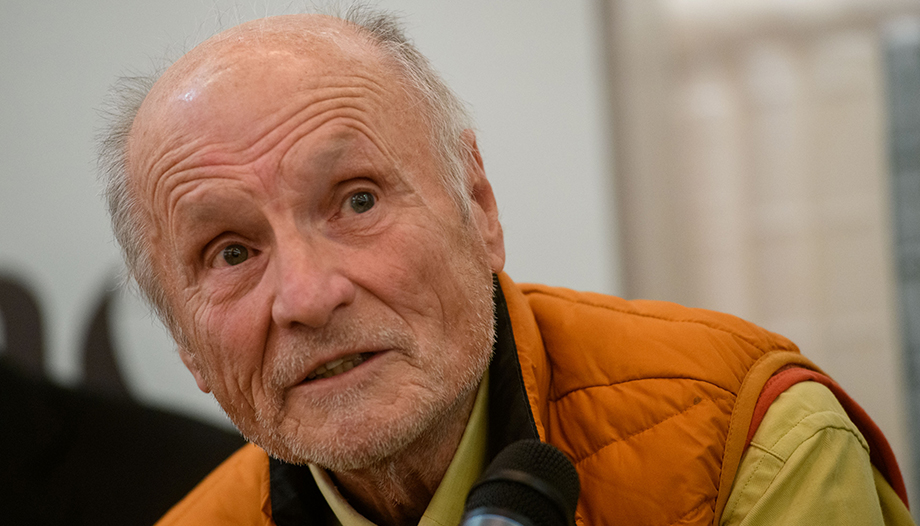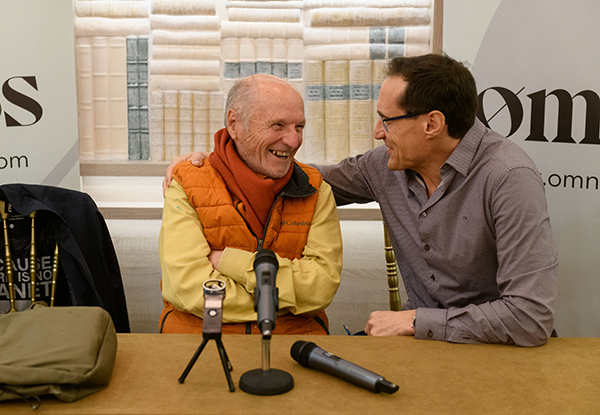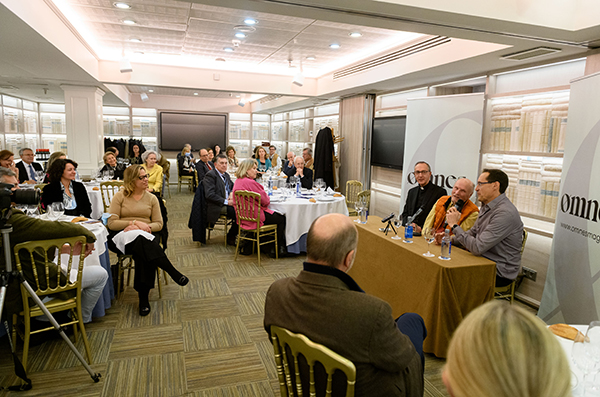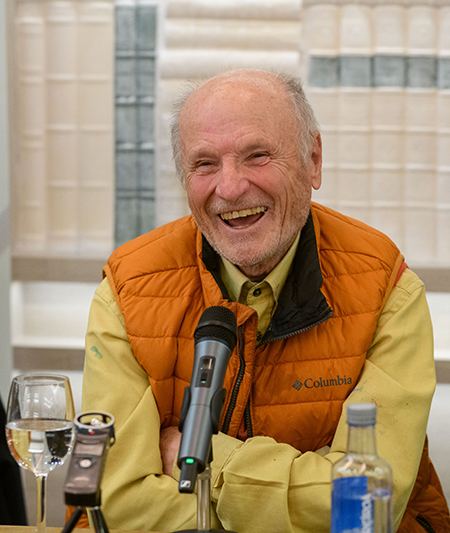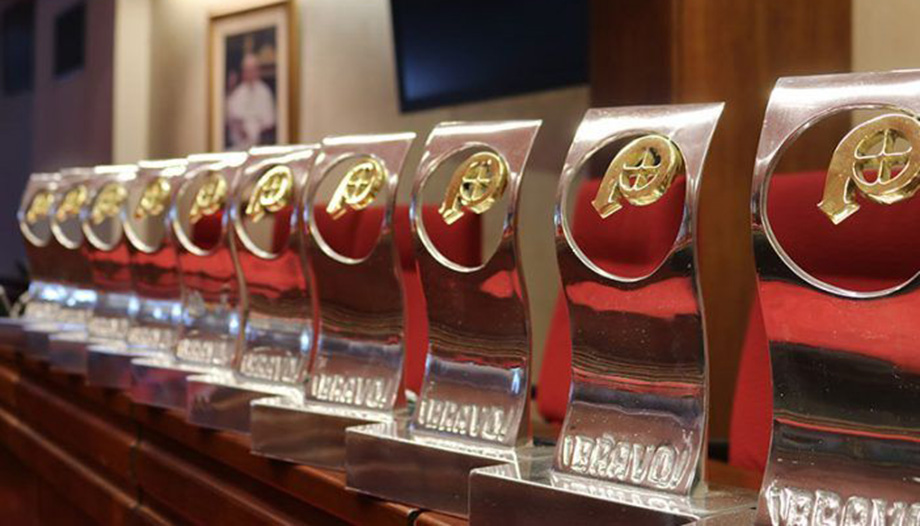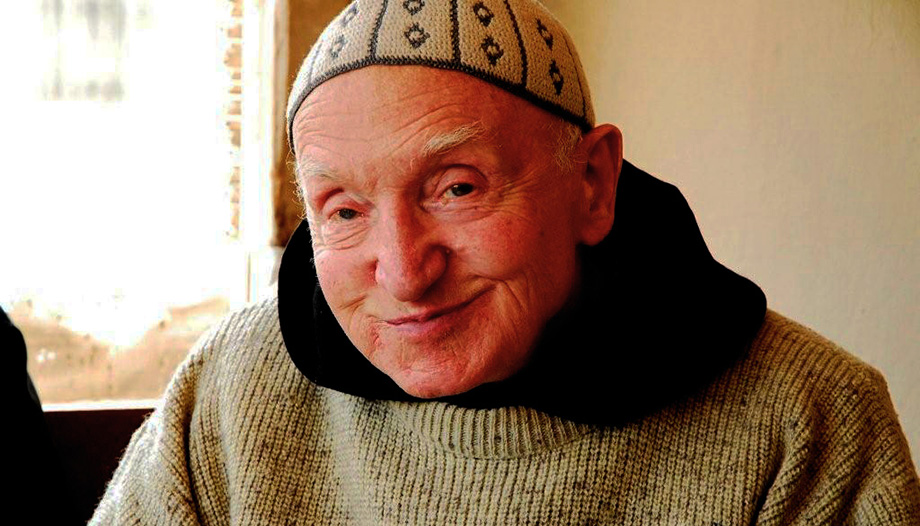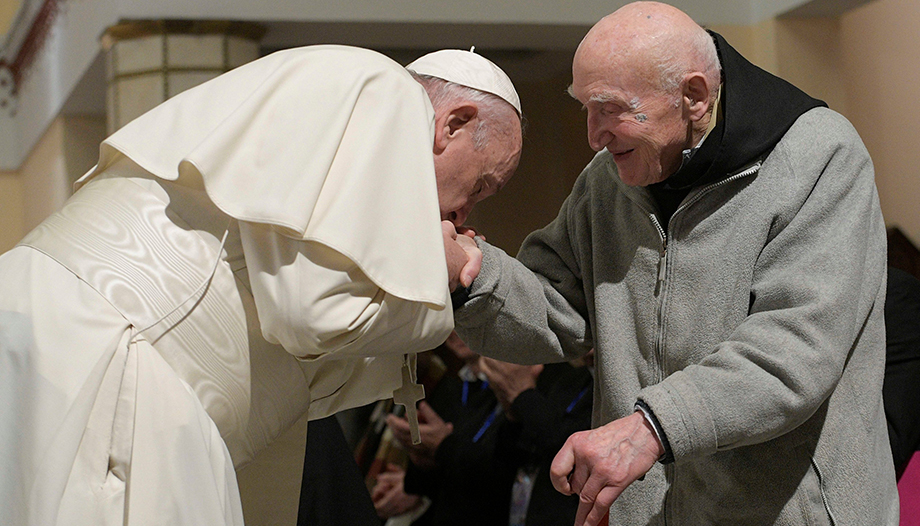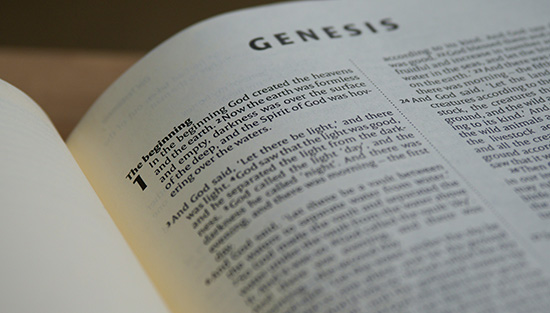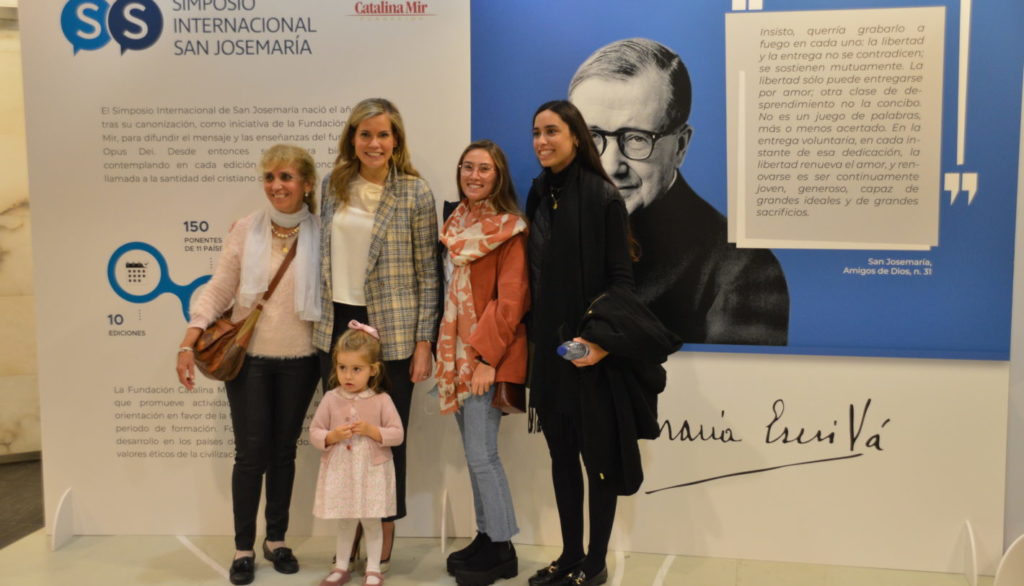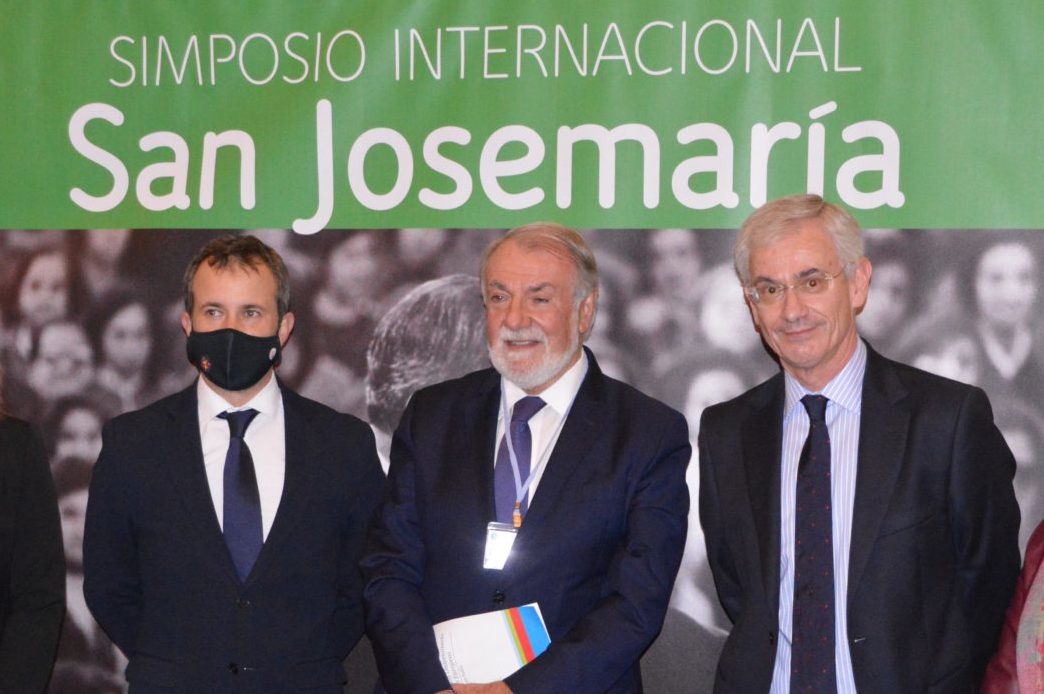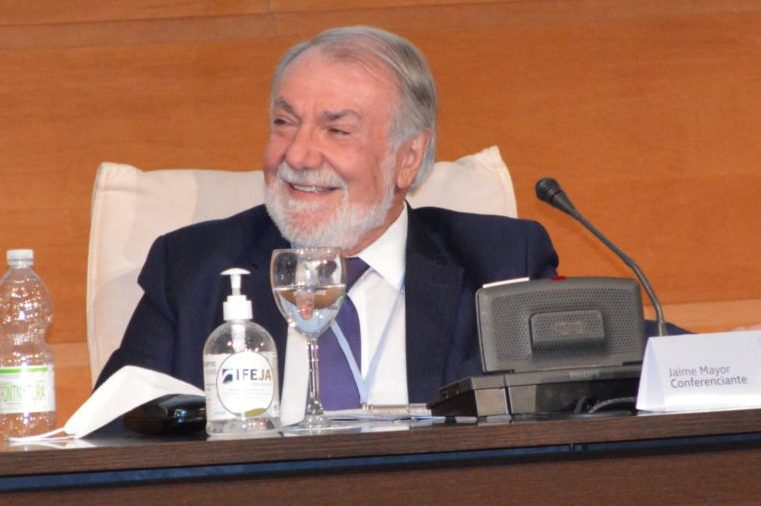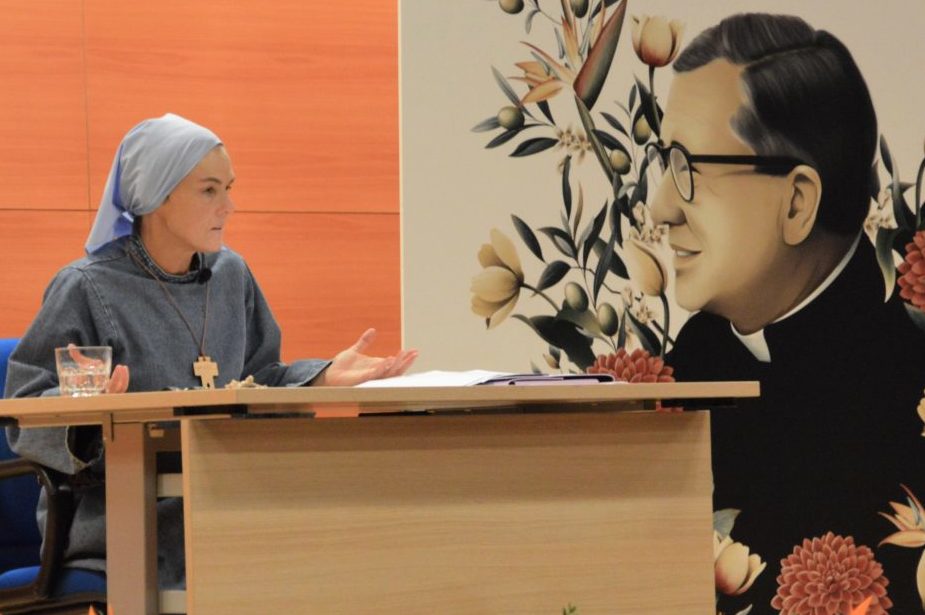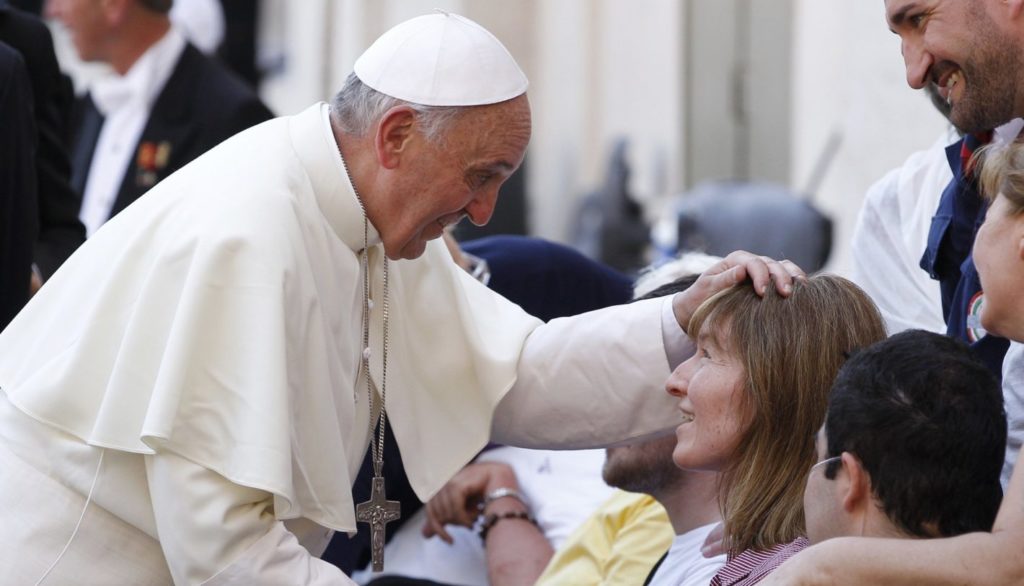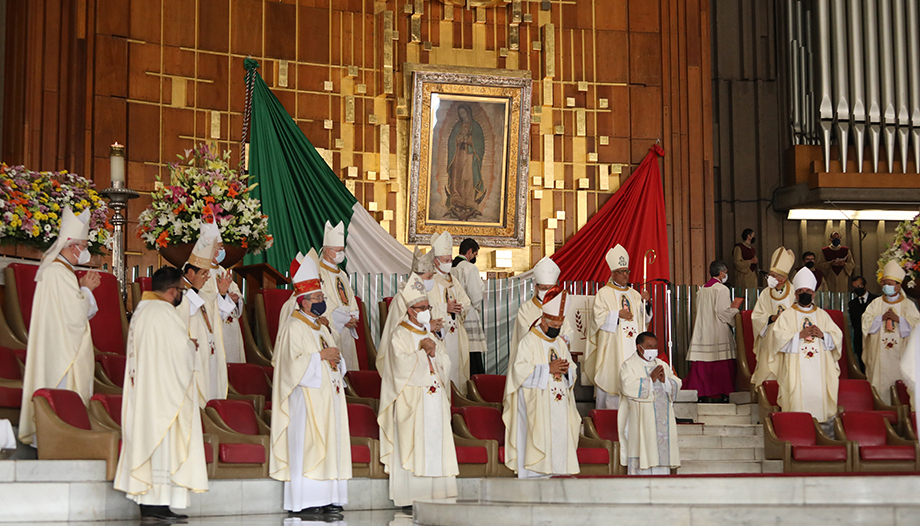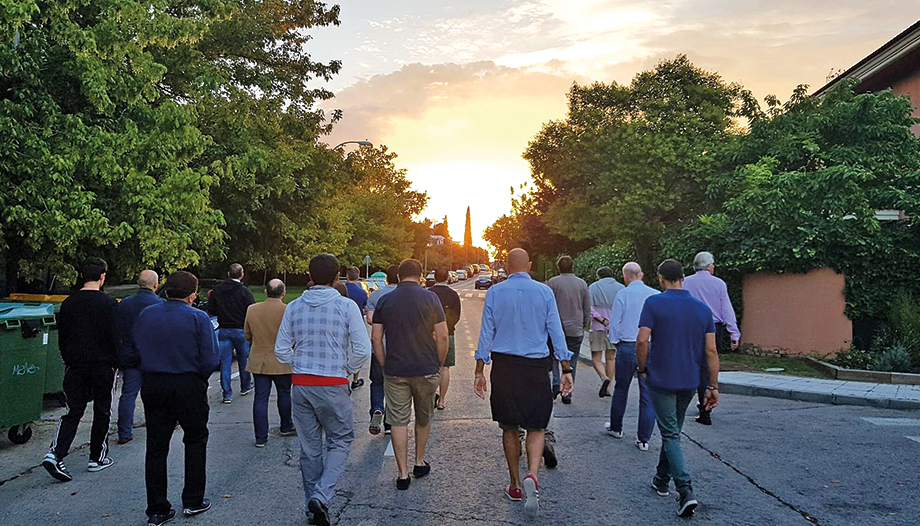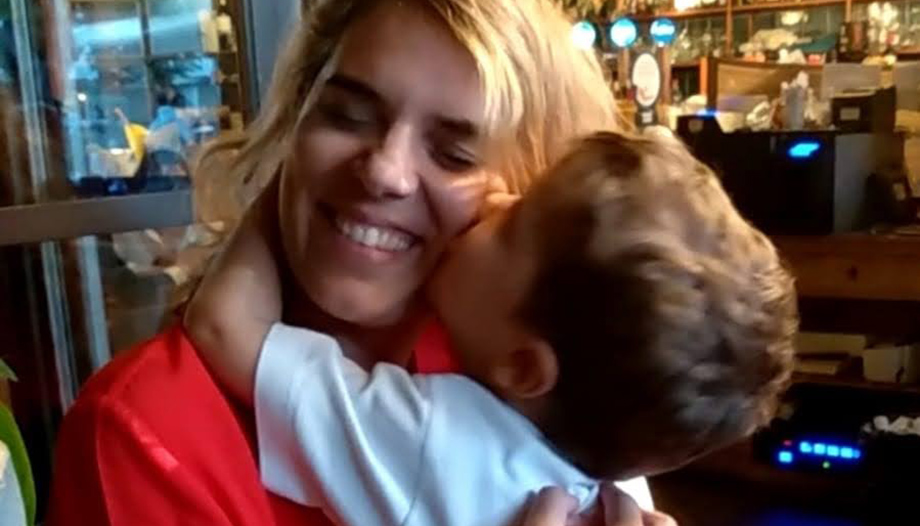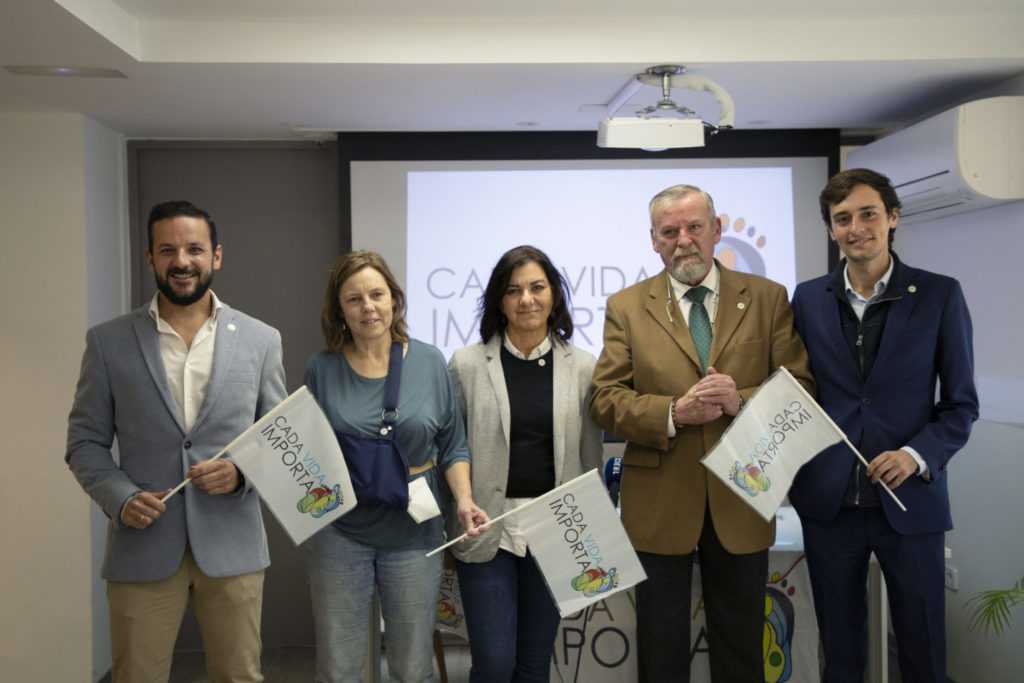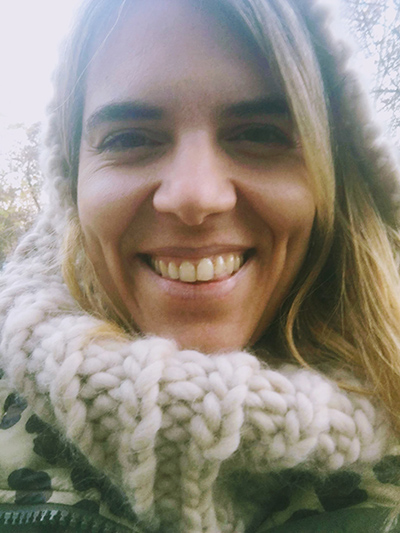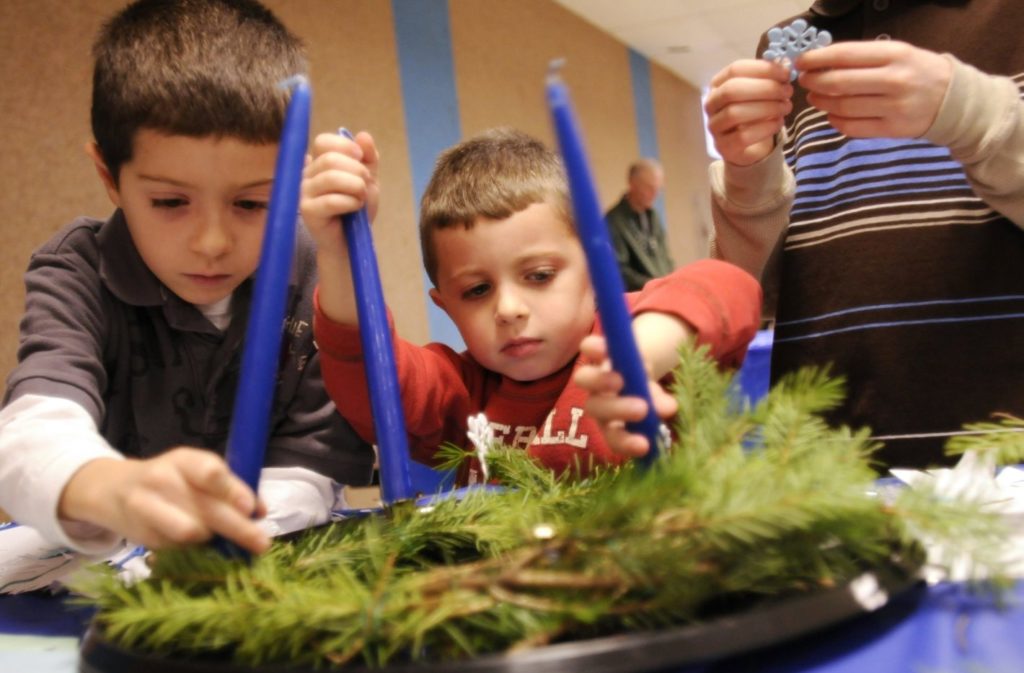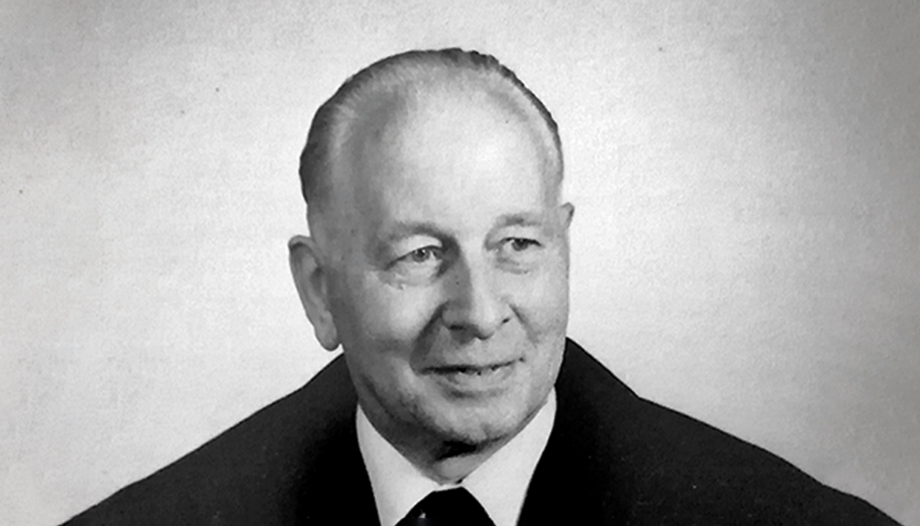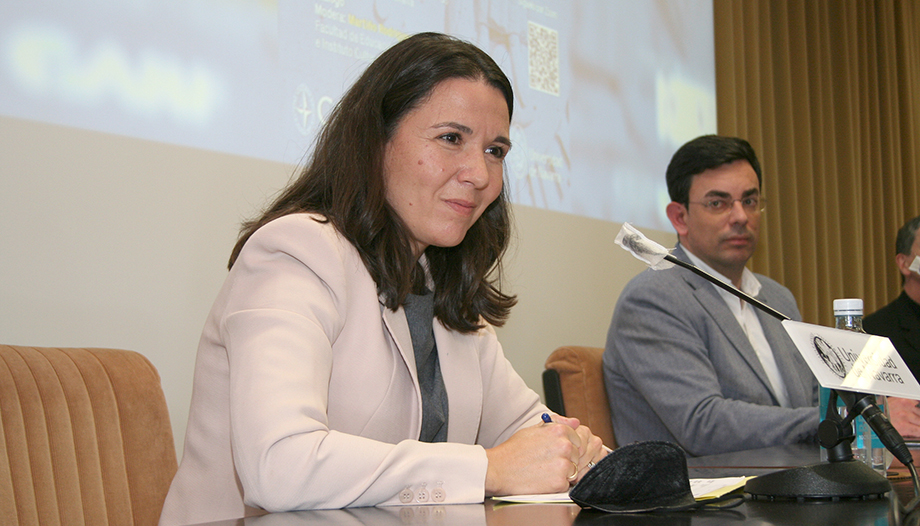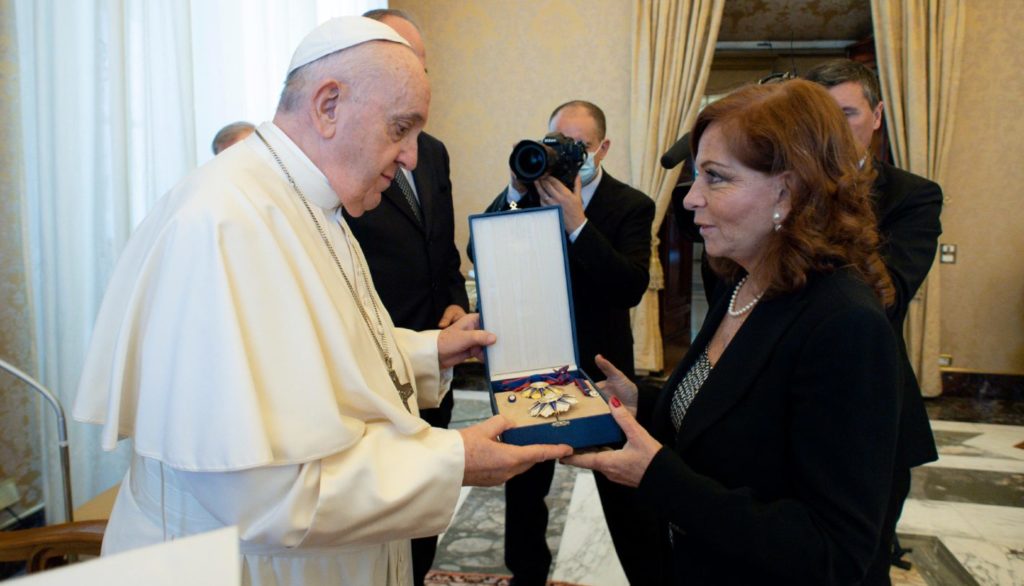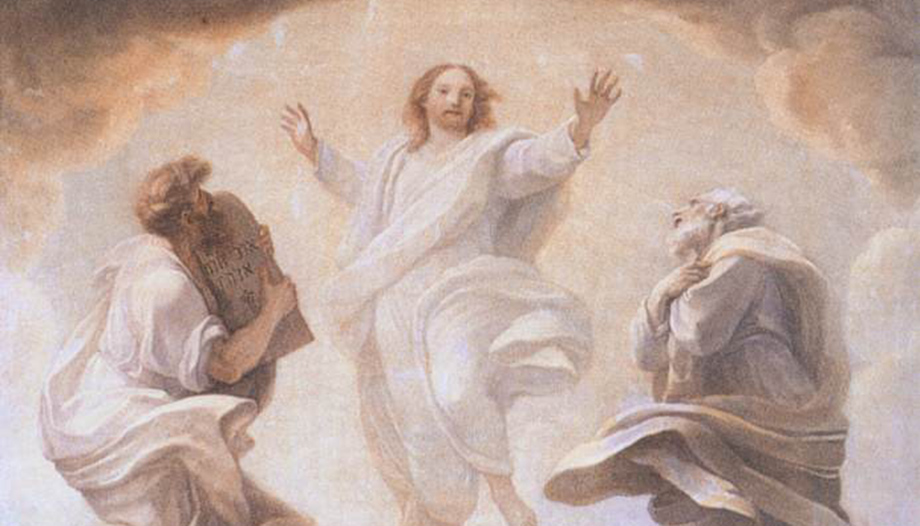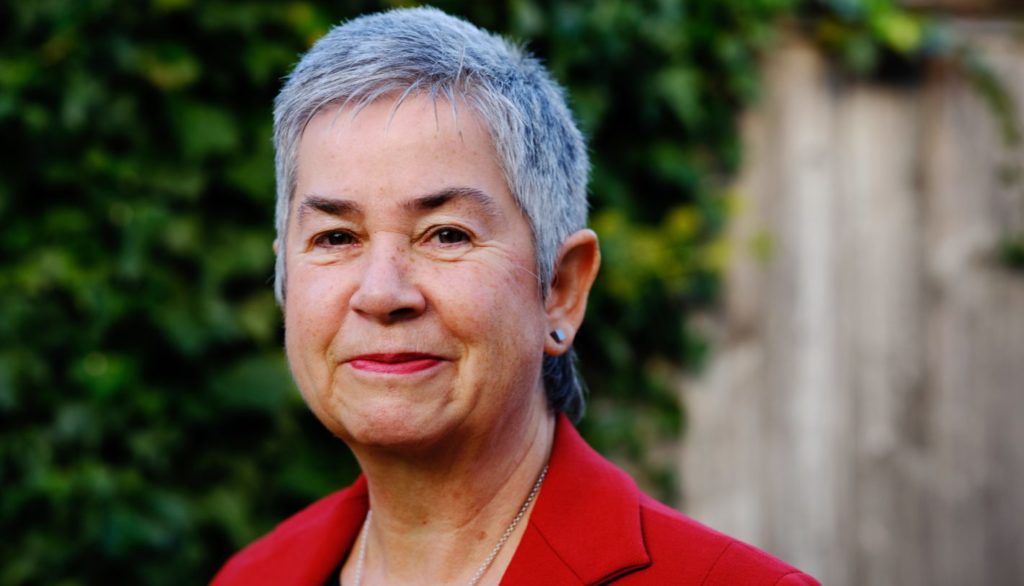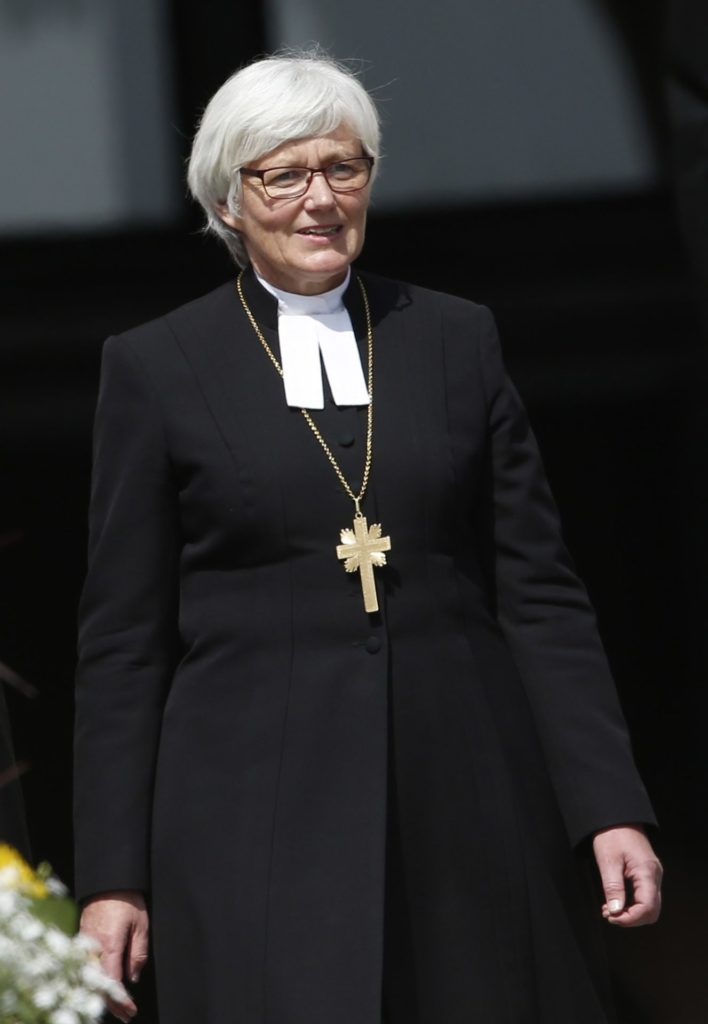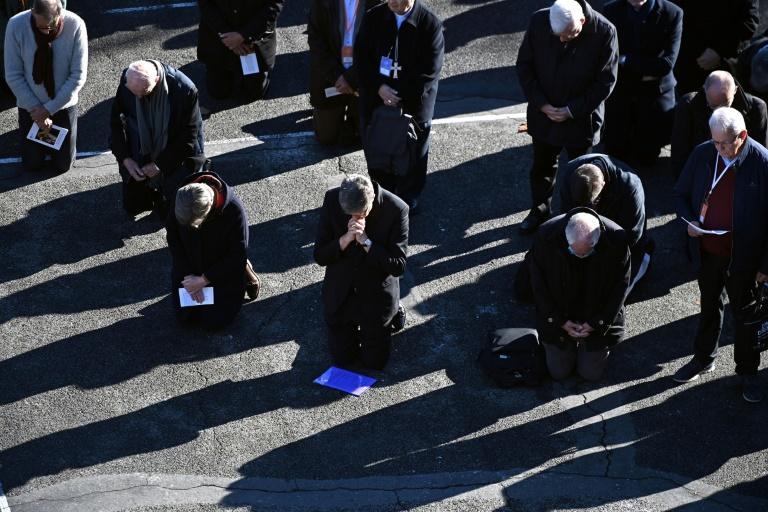Translation of the article into English
To walk together, united, to rediscover the essence of the Church, its own synodal way of being. This is the goal of a synod We spoke with Bishop Luis Marín de San Martín about the project, which has begun in parallel in Rome and in all the dioceses of the world. keys and risks and, especially, about the need for everyone to participate in order to recover the essence of the Church from the life of each Catholic.
-How do you experience a Synod from the inside?
My experience is that it is lived with mixed emotions knowing that you are in front of something big.
First of all, it is lived with a sense of wonder, of gratitude to God because it really is a crucial moment in history, a time of the Spirit that makes you a participant.
Secondly, it is also lived with a certain fear, especially at the beginning, when the question of how to manage everything arises. But this question is immediately resolved with enormous confidence. I have enormous confidence, and for this reason, you put yourself in God's hands and let yourself be carried along with all the enthusiasm possible.
Thirdly, it is lived with great gratitude. Thankfulness because, even though we are small, the Lord does his work.
You live it, then, with all these feelings... and a lot of work. The Synod is a work that has involved us a lot. Those of us who collaborate in the Synod secretariat have worked, and are working, a lot, but we do it with the conviction that it is worthwhile. Besides, the more you get involved and get to know it, the more enthusiastic you become.
-What is the work of the undersecretaries of the Synod?
For the first time, we are two undersecretaries and, also for the first time, we are both religious, with two complementary spiritualities: mine is Augustinian and Sister Nathalie Becquart's is Ignatian. Our task is to collaborate with the Secretary General, Cardinal Mario Grech, and to accompany him in his functions. It is not only a matter of preparing for the Synod of Bishops, but especially of promoting synodality in the Church: to make the Church synodal. We form a team in which we must be the first to live this synodal style: of collaboration, communion and dialogue with Cardinal Grech and among ourselves.
-Synodal Church": you allude to a term that has entered our vocabulary in recent months, but what is the synodal Church?
Until now, traditionally, preparations were made for the Assembly of the Synod of Bishops which, from time to time, met in Rome to discuss certain topics. Now, the Pope has opened this up much more. It is about going to what is the Church itself. This is not an invention of the Pope. The Church is synodal, just as it is communitarian or missionary. It belongs to the essence of the Church.
What does the synodal Church mean, what is this "walking together"? To be a Christian is to participate in what Christ is. Through baptism we are incorporated into Christ and this means that we make our own and participate in that salvific reality which is the reality of Christ the Redeemer. We are missionaries through baptism, we bring Christ's salvation to others because Christians do not live our faith in solitude, but in community: the Church is family, this is "together", walking together. This is what the Church is.
As Christians, united to Christ and to one another, we go forward bearing salvific witness in the midst of the world until the fullness of the end of time.
To live the Church is this: to live the Church is to live synodality. Promoting this synodality is the task of all Christians. This synodality is manifested in various ways: the Synod of Bishops is the way in which synodality is manifested for the bishops, but it is not the only one. There are pastoral councils, parish councils, episcopal councils... and there can be other manifestations and concretizations of synodality. It is necessary to make a discernment and see what the Lord is asking of us to live communion, participation and mission as Church.
–Both the Holy Father and the documents published for this Synod point to the passage from an "event" to a process.
We must not identify "Synod" with the Synod of Bishops. What is important is the journey. In October a Synod was opened, not a preparation. The whole Church has begun the journey and we are advancing along this path of listening, of discernment, seeing how we can participate, what the Holy Spirit is asking of us at this moment in history, what our mission is.
This journey is made from below: all Christians, parishes, dioceses, episcopal conferences, continental episcopal conferences, the assembly of the Synod of Bishops, and then we will return again to all the faithful, because decisions, ideas, etc., will return to the dioceses.
The Synod is not an administrative issue, it is not a project to reach an agreement or to "share power", it is not a matter of "doing".
Msgr. Luis Marín. Undersecretary of the Synod of Bishops
-Are we talking about what we could call a change of mentality, and do you think it will be possible?
I believe that this is the beginning of a journey, but we do have to go to a change of mentality. The basic essential change is to recognize that we are facing an event of the Holy Spirit.
The Synod is not an administrative issue, it is not a project to reach an agreement or to "share power", it is not a matter of doing.
The Synod is a time of the Holy Spirit with all that this means, that is, what Pentecost meant for the early Church. What did Pentecost mean? To change the mentality, to break down the walls, the fears, to launch us to preach to the ends of the earth. That is why putting ourselves in the hands of the Spirit is the fundamental change. From there we will discover the way, the things that need to be changed.
There will be changes, yes. Sometimes fundamental and basic, which will not lead us to outlandish things but to live the essence of our faith, to what the Church is.
With the passage of time, in the Church we have become accustomed to it, we have lost our enthusiasm, our enthusiasm,... we do not reach everything, in short, we have become stagnant.
We are in a moment of awakening with a great impulse from the Holy Spirit that will lead us to be truly what we are. The bishop and the priest to be truly bishop or priest, and the layman to be truly lay.
The beauty of the Church lies in the fact that each one brings his charism, brings his vocation, in unity with all, under the impulse of the Holy Spirit. The laity are not "granted" certain tasks "so that they will be happy and thus help us clergy". It is not that he "helps", it is that the laity has to participate in the Church, and to do it as laity, without being clericalized. Let us not clericalize the laity nor laicize the clergy: each according to his function in the Church.
The Church is not a system of power, but of service. We all have the same rank, neither above nor below, but we have different tasks. That is why in the logo of this Synod we are all walking equally.
The lay person "helps" in certain tasks of the Church. The lay person must participate in the Church and do so as a lay person.
Msgr. Luis Marín. Undersecretary of the Synod of Bishops
-All changes are scary and in the Church as well....
The Pope often refers to the danger of "it has always been done this way" to avoid change, because we are afraid of novelty, of losing our securities... This is a time of change, of novelty and of losing our securities and placing ourselves in God's hands.
We must trust in the Spirit, who "makes all things new" and who will make us happier, because he will make us more coherent... We must shake off our fears, it is a time of renewal from within.
Indeed, fear is one of the problems we face in this process. Fear is very human and we have to open ourselves to the divine, to the Spirit that transforms us. I think that this synodal time is a time of God, because it is a time of authenticity. It is not a time to think that "this is the way it has always been done", but "what is God asking of us? That is what we are talking about when we talk about discernment. Let us listen to one another and also listen to the Holy Spirit. In this synodal journey, the prayerful dimension is indispensable. Without a prayerful dimension we will not be able to move forward or overcome our fears and insecurities.
-In the world of closed schedules and hurry, how can we recover that necessary prayerful dimension?
Obviously, this requires a conversion and, above all, a beginning. Recently, a major difficulty was posed to me: why doesn't the Christian message reach people? We produce very good documents that remain on the shelf, wonderful gestures that do not reach the people. Although it may seem paradoxical, this is a time to stop and move forward. To be silent, to stop the noises and to rediscover the value of prayer.
At times we realize that we have lost not only the ability to pray but also the taste for praying and, as a result, we give ourselves over to activism, to "doing things" or to "knowing things". However, Benedict XVI said that we are Christians because of our personal encounter with Christ, not because we say or do a lot of things. This is what it is all about, the personal encounter and friendship with Christ. Without this encounter and this friendship, nothing we do or say will have any meaning.
It is necessary to return to the personal encounter with Christ because from there we begin the journey. Sometimes we want to tell the Lord what to do, we want to control, to follow a program... The beauty of this process is that we do not know where it will lead us. Sometimes I am asked "what is going to be the end of this Synod? And I answer: "Ask the Holy Spirit, because I don't know".
What do we have to put in the light of the Holy Spirit? Our world of noise, of doing, of power... those constructions that we have made for ourselves and from which we have to see what we have to change in order to return to what is essential, to rediscover the basis of our faith.
We Christians must be a seed of hope. To bring the salvation that is Christ in the midst of the world. It is very beautiful to see that this synodal process arises at the time of the pandemic, at a time when the Church is marked by scandals, at a time of empty temples, of a crisis of secularism... We have all asked God to help us in these moments and here we have an answer: synodal Church, going to the essential, listening to the Holy Spirit, united among us... And we are going forward.
It is a response from God and a great responsibility for all of us, because this response of God in history passes through us. If we do not participate, if we think that this "complicates our lives", we may be frustrating the action of the Holy Spirit. It is a very important moment for which we need a lot of humility, a lot of trust and a lot of love, and we receive this in prayer.
-There are Catholics who say they do not feel that they belong to the Church or that the Church does not listen to them....
Every Catholic is part of the Church because he is part of Christ. There is no Christ without the Church. The risen Christ is Christ the head of the Church, united to her, inseparable. Uniting yourself to Christ unites you to the Church. It is true that we live in an age where there are many Christians who do not participate in the life of the Church, who are on the margins due to various circumstances. For this reason, the Pope encourages us to reach out to those on the margins, to go out to meet them. We have to listen to everyone, not only to those who come to Mass or are with us, but to everyone: to offer these people the possibility to participate, to speak and to listen to them, uniting them to us. This moment of listening is also a very beautiful moment of evangelization.
How to start doing this? By starting. We learn to swim by swimming. We learn to walk together by walking together in the Holy Spirit. And we experience that they come, that they ask: how can I participate? By approaching their parish, asking the pastor. Going to the simple, which is to live our Christian faith that is community, listening to the Spirit and united to Christ.
Of course, we have to be patient. Our times are not God's times. Christianity spreads by contagion, by the enthusiasm of the first Christians. I believe that every Christian must be an apostle in the sense of being an enthusiast of his faith, because he knows Christ experientially and carries Christ in the midst of the world. By living the authenticity of our faith we will be "contagious" and we will be integrating more people, even those who insult us, as the Pope has told us.
To listen to everyone and, from there, to discern, and to make the necessary decisions that the Holy Spirit will indicate, not the will of each one of us. Many things will have to be changed and renewed, yes, and it will be a path of hope for all.
We must listen to everyone, not only to those who come to Mass or are with us.
Msgr. Luis Marín. Undersecretary of the Synod of Bishops
-How can we carry out this discernment, knowing what God is asking for and not falling into fads or ideologies?
Discernment requires openness to the Holy Spirit, the vertical axis that puts us in communication with God, and the participation of our brothers and sisters, of everyone, the horizontal axis. This is the way to trace the path together that will lead us to discern what God is asking of the Church today.
The theme of the Synod places us before three themes that God is asking of the Church: communion, participation and mission.
The first is communion. We have to ask ourselves how I personally live it when in the Church itself there are opposing groups, when ideologies are imposed, etc.
Communion means that together we are enriched. It is very good that we do not have the same personality, the same sensitivity, the same culture ... because otherwise life would be impoverished. Sometimes we forget that we are brothers and we behave like enemies, like members of a kind of political party and Christianity is not an ideology. There are as many ways to follow Christ as there are people in the world.
Then, participation. Each one has to participate according to his condition and charism, as we have pointed out before. We cannot have a passive or clericalist attitude, that is, that the clergy do everything and know everything while many lay people are passive or want to become "little clerics". The structures of participation in the Church must be developed much more.
And finally, mission. In this difficult world, do we bring the good news to others or do we create a kind of ghetto in which we speak a language that no one understands? Do we go out to the peripheries, that is, to all areas of life? These are the questions of the Synod, the challenge. We cannot reduce the Synod to looking for some recipes or four points of examination but it is a movement of the Spirit, it is something deeper.
-How has this new Synod been received throughout the Church?
I have to say, and I am very happy to say that, in general, it has been very well received, with great enthusiasm. From the Secretariat of the Synod we are in contact with the Bishops' Conferences all over the world, with assemblies of religious and lay associations. There is a lot of expectation, eagerness and, I would say, enthusiasm. We are also aware that in many areas there are doubts, how we are going to do, where we should go, how to start... there has been a very strong initial impulse. In the vast majority of dioceses it has been assumed as what it is, a time of God and an extraordinary opportunity for Christian life.
The Pope told us that we have to prepare ourselves for surprises. The Holy Spirit will surprise us. In our society we like to have everything "all tied up", but at this moment, we are asked to be open to the surprise of the Spirit. For example, the Secretariat of the Synod has sent us a preparatory document that is a help, but if it does not work... that's okay. We have placed ten themes. At the beginning there were ten clear, broad questions... and someone pointed out to us that it looked like an exam, that it ran the risk of being reduced to answering a series of questions; and what we want is an experience of listening, not closed answers. That's why we changed it to ten thematic nuclei, which cover a greater possibility of reflection. If they work, fine. If not, we will have to look for others.
From the Secretariat of the Synod we are trying to have a connection of materials, of help... so that we can all help each other in this journey, that is why the different materials are available on the web. The key is that the whole Church is involved in this listening and discernment and that it serves.
In addition, the Synod Secretariat has very intense contact with the bishops' conferences around the world. For the first time we have had large online meetings, divided by language. There have been two, and in the next one we want the Synod referents and coordinators of all the episcopal conferences to participate as well.
We are meeting with the presidents and secretaries of the dicasteries of the Roman Curia. We have also met telematically with the patriarchs of the Eastern Churches, and with the union of superiors of religious institutes, and we are in contact with the communities of contemplative life and lay associations. It is an intense work but it has created a great connection with churches all over the world.
-Has the Roman Curia also initiated this synodal process?
If we say that the Church is synodal, everything that is Church is synodal, it is Synod, therefore, also the Holy See. Indeed, also in the Vatican Curia we are in this process of thinking, of seeing what the Holy Spirit is telling us at this moment and being able to respond to it.





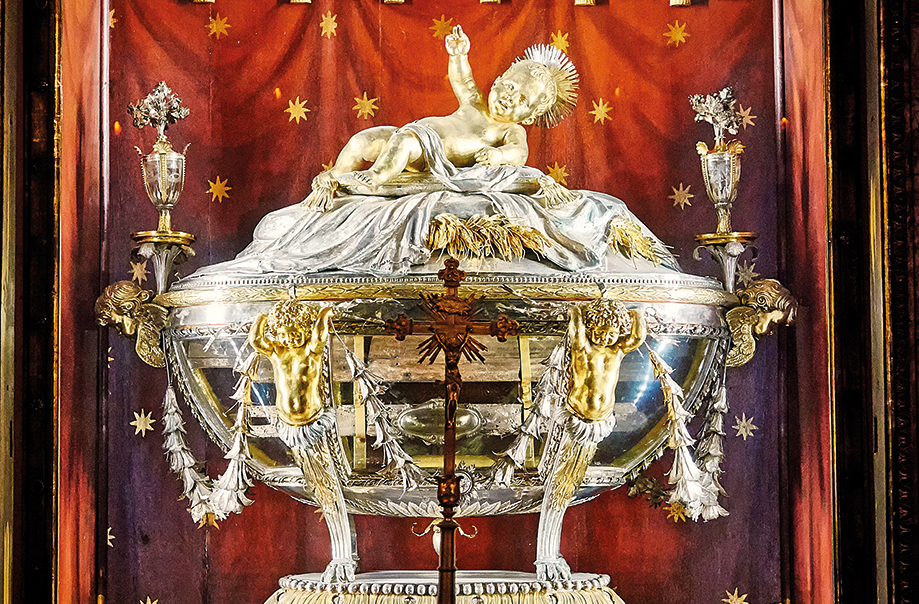





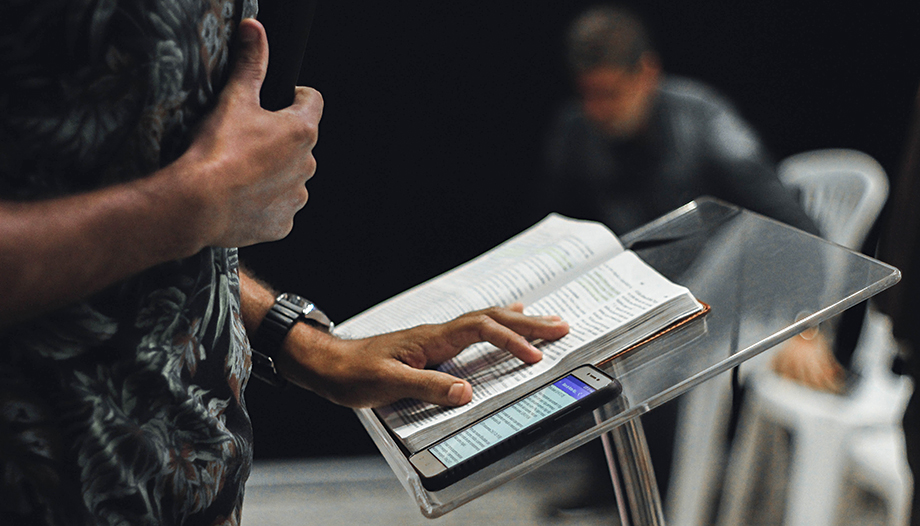

 "Whenever we turn our gaze to the Immaculate Conception there will be fruit."
"Whenever we turn our gaze to the Immaculate Conception there will be fruit."